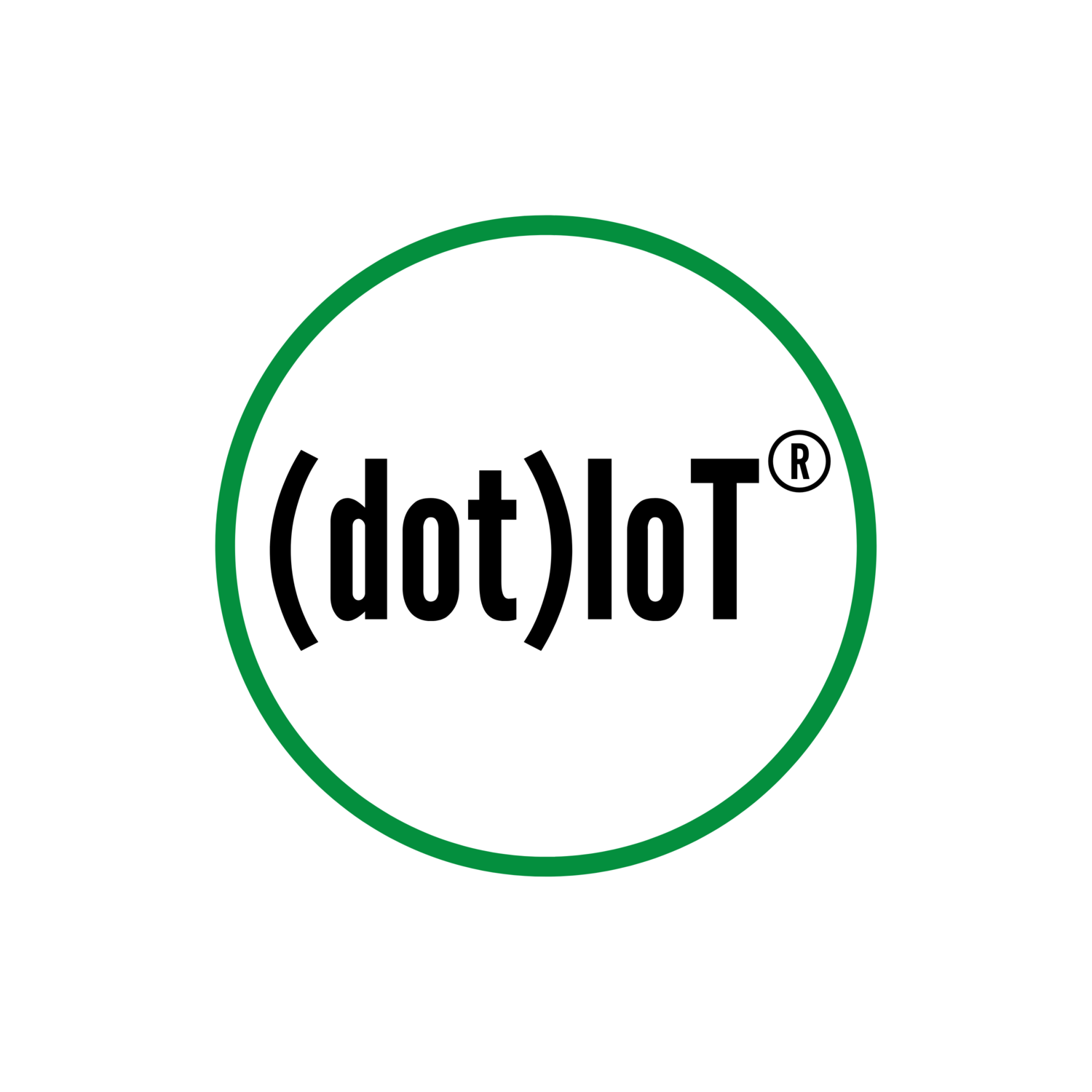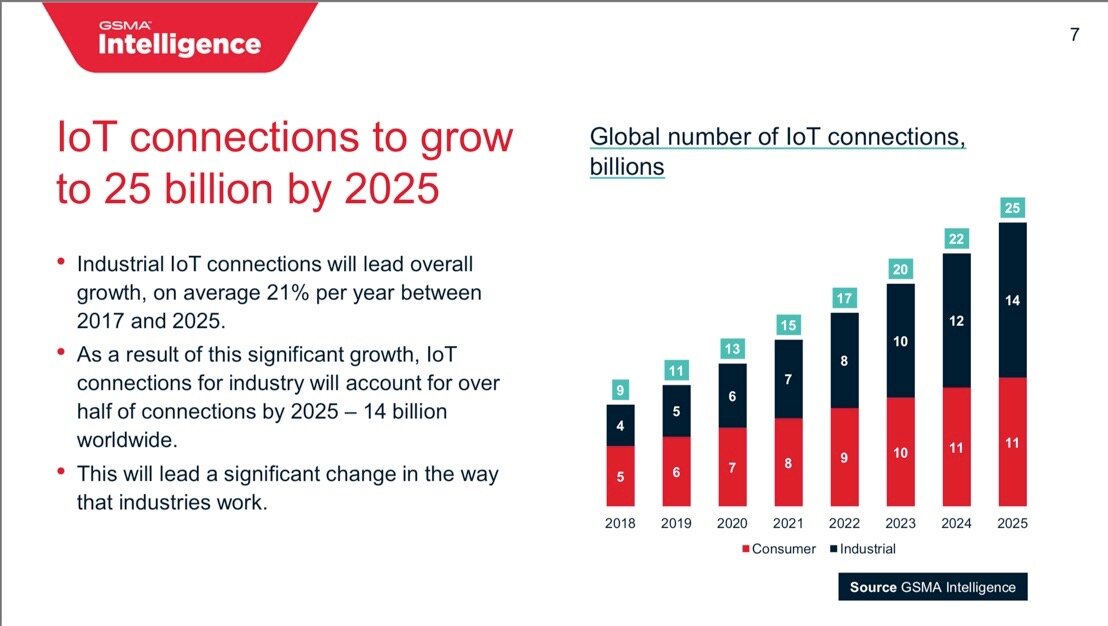IoT Spectrum in the News
Recently, an item about IoT and spectrum allocation made the news. I’d like to provide some underlying data to inform your thinking in the event that you have discussions with a telco or related partners on this topic.
Terminology
IoT (Internet of Things) – a term coined 20 years ago at the MIT Media Lab by Kevin Ashton as a means of putting an attention-getting title on his powerpoint presentation about putting sensors on consumer goods. IoT is the generally accepted term for connecting sensors on things (enterprise/industrial and consumer devices) to a network.
Market Info
Some market data is provided in the infographic below from GSMA Intelligence.
Reality Check
The article leads off with “Before the internet of things (IoT) becomes the internet of everything,”—but it’s important to parse reality from hype. The term ‘Internet of Everything’ was a marketing term coined roughly five years ago by Cisco for an advertising campaign. While journalists and legislators are somehow grasping onto this as a cautionary item, please bear in mind that this is hyperbolic.
How are Things Connected to Networks?
Enterprise/Industrial: Generally, sensors are placed on items (pipes, machines, cars, medical devices, agricultural gauges, oil and gas platforms, etc.) that have network (cellular, hard-wired, satellite, or WiFi) modules that are managed by software platforms. These platforms track the location, status, and other KPIs of large fleets of devices managed by the enterprise. Platform suppliers such as SAP, Bosch, Amazon Web Services, Microsoft, Siemens, and others are in this category. It’s important to note that these “things” are generally not on the “internet,” in the way that you would think about a computer accessing the web. They are behind private networks, firewalls, and are secured. Large telco network operators (Verizon, Vodafone, AT&T, and others) help connect and manage these devices globally on their cellular networks. Furthermore, many network operators have created a separate network or network segment for IoT devices and isolate them from the consumer voice network and other enterprise installations.
There are several “flavors” of IoT networks available through these providers: 3G/4GLTE, NBIoT, CATM. Once 5G fully deploys, the existing networks listed fall under the 5G umbrella. It is also important to note that most IoT devices (with the exception of connected cars) emit small amounts of data infrequently.
Connected Cars: IHS Automotive expects that 152 million actively connected cars will be on roads around the world by 2025 and that the average car will produce up to 30 terabytes of data every day. See: https://www.sciencedaily.com/releases/2019/04/190426075435.htm.
Consumer IoT: 100 Million US Homes Lack Smart Devices, but 40 Million Will Have Smart Thermostats by 2020. Thermostats, Alarms, smart meters, “smart home” devices (lighting, other devices) will lead the way and these items will be joined by home appliances. These devices are, for the most part, connected to a home WiFi system—our observation is that this leads to security issues and configuration confusion as we can assume that most consumers are not tech savvy. These items seem to get a fair amount of popular press attention but in fact are the smallest segment of the connected device landscape (see chart above).
IoT Spectrum: The article references legislation asking the FCC to inform congress about the availability of “IoT Spectrum”. Since the majority of enterprise/industrial devices are either hard-wired within factories or managed on cellular networks, the notion of separate spectrum seems misleading. Best practices for network operators, as previously mentioned, include a separate network and address range (IMSI range - international mobile subscriber identity—a 15 digit address for all mobile devices), in order to keep IoT networks secure and separate.
Read more about the legislation here.

